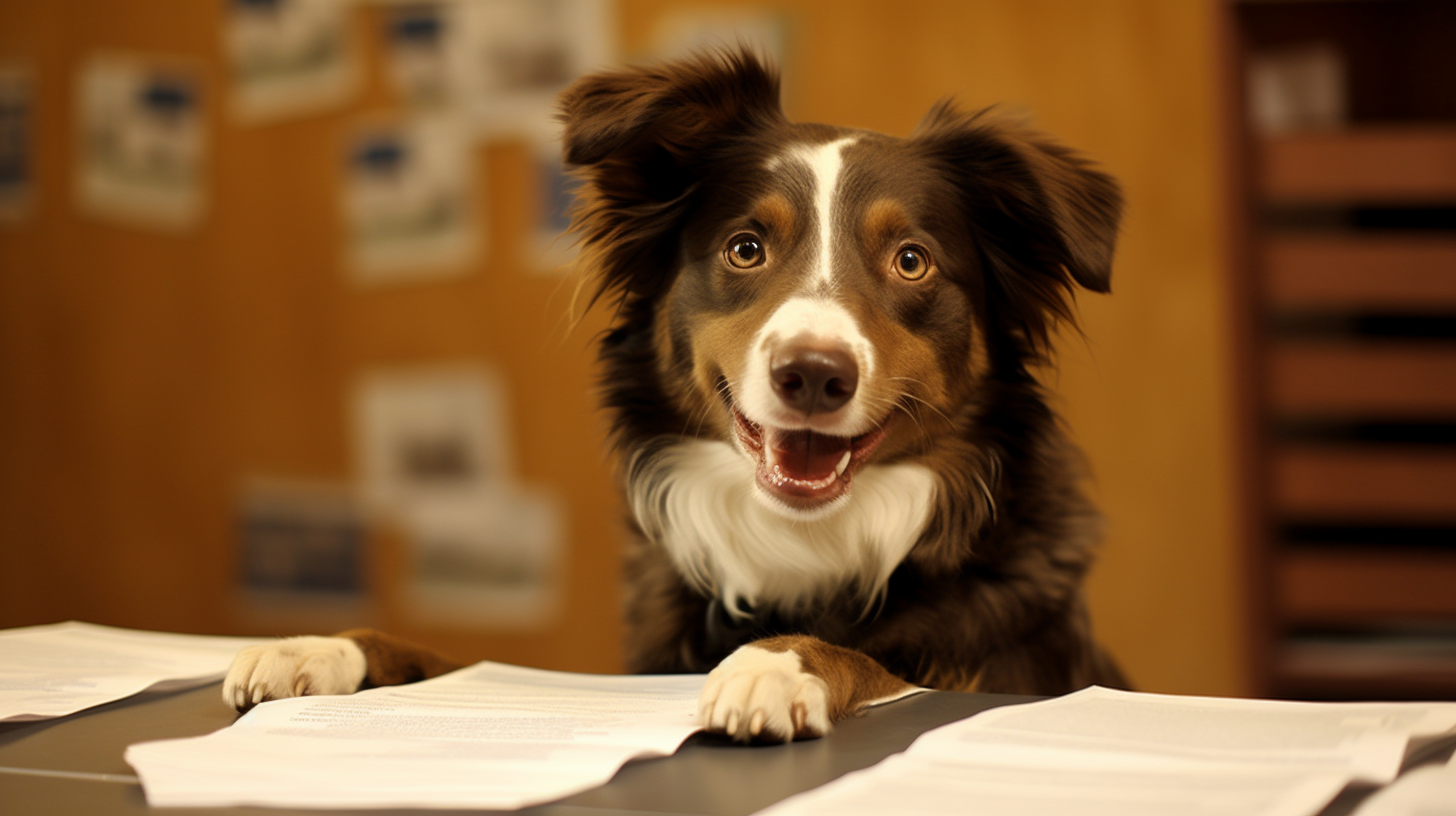In the Canine Republic, where every bark and tail wag can be a political statement, a new phenomenon has emerged from the doghouses to the polling stations. The young pups of our society, often sniffed at for chasing their own tails rather than the latest political debates, appear to be turning a new leaf.
Reports indicate an unprecedented increase in voter registration and turnout among the young dogs of our diverse republic. While their elders have typically led the political pack, these sprightly canines are now staking their claim on the future direction of our four-legged society.
So, what’s behind this surge in political paw-ticipation? Some analysts point to recent changes in education curricula, which now include civic engagement and political history courses as early as puppy kindergarten. Others attribute it to the Wag-the-Dog app, a platform combining social media with politically-driven games and interactive ‘dig-it-al’ town halls.
Fetching the Facts:
A study conducted by the Bark University’s Department of Political Science suggests that young dogs are not just registering- they’re also voting at a rate that may soon surpass their pedigreed predecessors. But it’s not just current affairs that are getting tails wagging.
Cultural shifts and increased access to information seem to be key factors. Many young pups, having grown up with their noses pressed to smartphones, are surprisingly savvy about issues ranging from leash laws to the proper disposal of doggy droppings. ‘We’re not just about playing fetch anymore,’ said a young Terrier-ist activist. ‘We want a seat at the table, or at least under it.’
The Bark and Bite of a New Political Movement:
Intriguing as this trend may be, it’s not without its challenges. Some seasoned politicians are feeling the nip at their heels as young dogs form political action committees, or PACs, and embark on grassroots campaigns often coordinated through howl-to-action networks.
With such political fervor, there have been notable shifts in policies and political discourse, particularly around the hot-button issues like public park space allocation and the controversial topic of mandatory obedience schools.
What does this mean for the Canine Republic’s future? Will these politically precocious pups continue to shake up the political landscape with their fresh perspectives and boundless energy? Time will tell, though one thing remains certain: the world of dog politics is far more vibrant and dynamic with the increased engagement of the youth.
Conclusion:
As we look towards the next election cycle, the role of young dogs in shaping policy and influencing the direction of our Republic becomes even more significant. The commitment shown by these pups to civic duty and community engagement bodes well for the Canine Republic, suggesting a future abundant with diversity of thought and a willingness to challenge the old ways of the political dog park.
Indeed, as one feisty young Dachshund delegate put it, ‘We may have short legs, but we’re making long strides.’ That sentiment seems to ring true throughout the young canine community, echoing a call for change that resonates across all breeds and backgrounds.
Whether they’re called to action by the scent of progress or pulled by the leash of responsibility, these youngsters are eagerly casting their votes and wagging their voices like never before.
